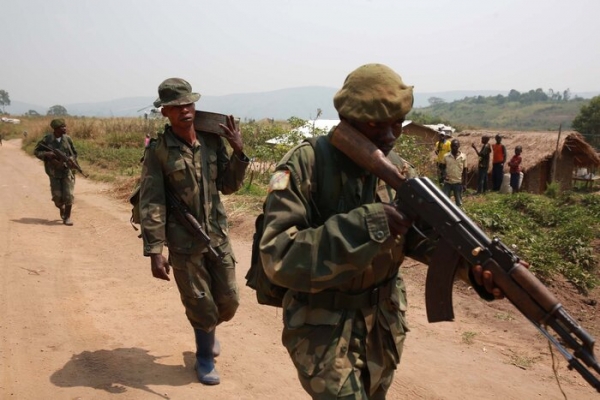In the eastern part of the Democratic Republic of Congo, clashes between the March 23 Movement (M23) and the country’s military forces resumed from this year’s spring. Since March alone the violence of the militia has caused almost 170,000 internally displaced persons (IDPs).
During the 77th General Assembly of the United Nations, President Tshisekedi condemned the M23’s attacks and the interferences of Rwanda, accusing the country of supporting the militia with weapons and soldiers.
According to statements by the Congo researcher at Human Rights Watch, Thomas Fessy, to face the return of the M23, state forces are allying themselves with the armed groups present in the territory, without considering the abuses and violence previously committed by the latter. In one of its reports, the NGO reported a meeting held in Pinga – village in the eastern part of the country - to sign collaboration with militias accused of human rights violations. Among these, the Nduma Defense of Congo faction - Renewed (Ndc -R) stands out, whose leader Guidon Mwisa Shimirai is still subject to United Nations sanctions and against which the Congolese authorities had previously issued an arrest warrant for the recruitment and training of child soldiers, sexual violence, and insurrection.
The humanitarian crisis in Congo is one of the most complex and protracted in existence. Clashes between different ethnic communities have resulted in 5.6 million IDPs. According to Action Aid estimates, there are 27 million people in need of medical assistance within the country. Collaboration between state armed forces with militias already guilty of crimes against humanity risks unleashing an unprecedented wave of violence and abuse, causing an ever-increasing number of people to flee.
To read more, visit:
- https://www.hrw.org/news/2022/10/18/dr-congo-army-units-aided-abusive-armed-groups
- https://www.hrw.org/news/2022/07/25/dr-congo-resurgent-m23-rebels-target-civilians
- https://www.actionaid.it/informati/press-area/repubblica-democratica-congo-terrore-gruppi-armati
- https://www.africarivista.it/centrafrica-si-teme-la-presenza-dellm23-nelle-zone-di-confine/207765/
- https://www.nigrizia.it/notizia/rd-congo-onu-tshisekedi-attacca-rwanda-e-monusco
- https://www.nigrizia.it/notizia/rd-congo-m23-respinge-accordo-con-rwanda-per-cessate-il-fuoco
by Federica Tognolli







